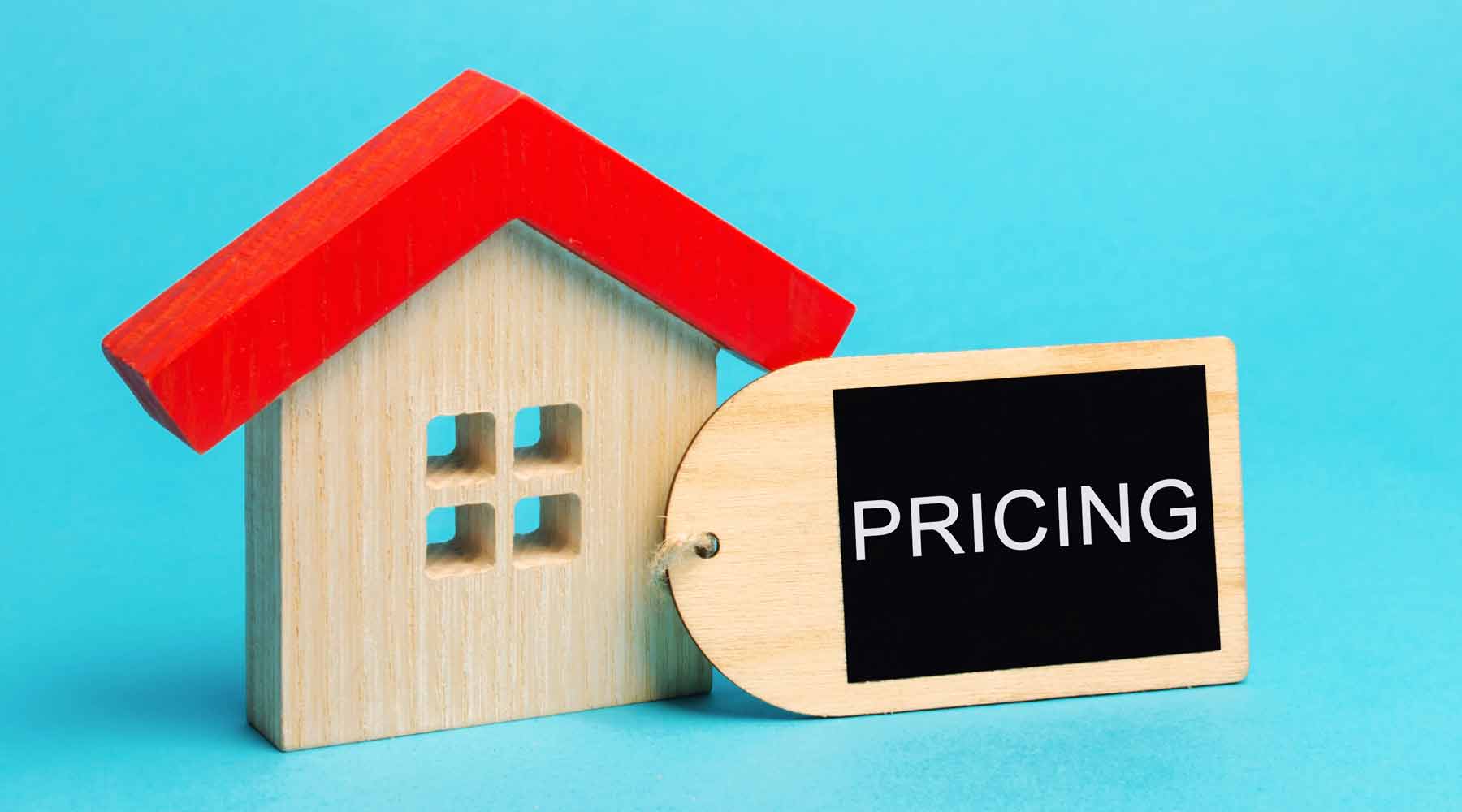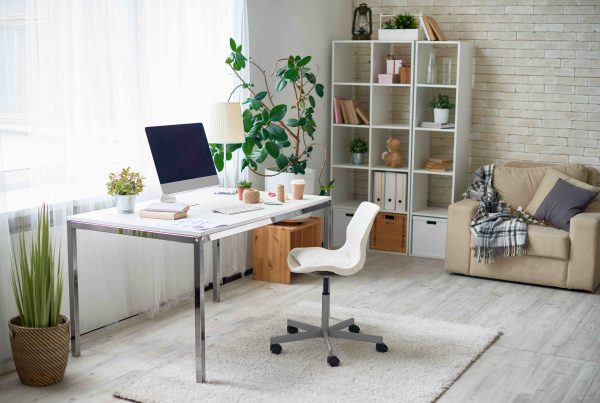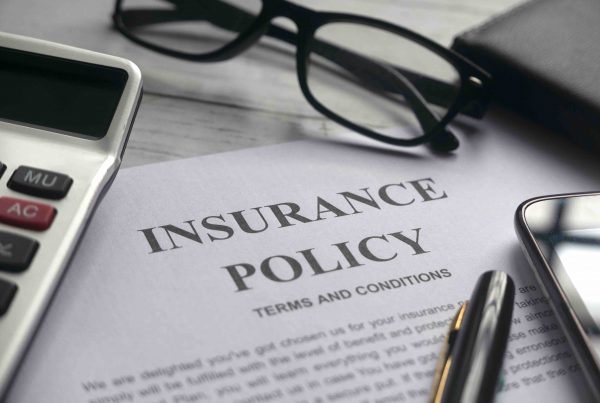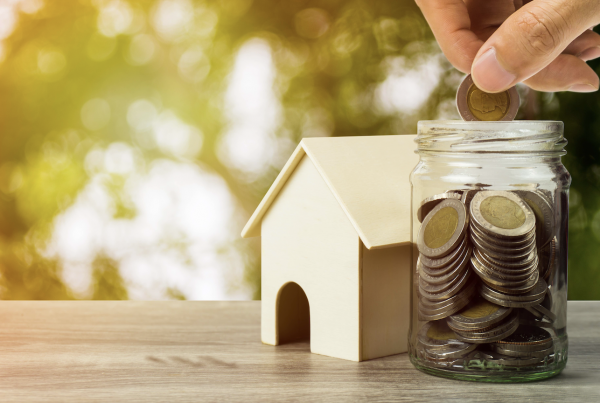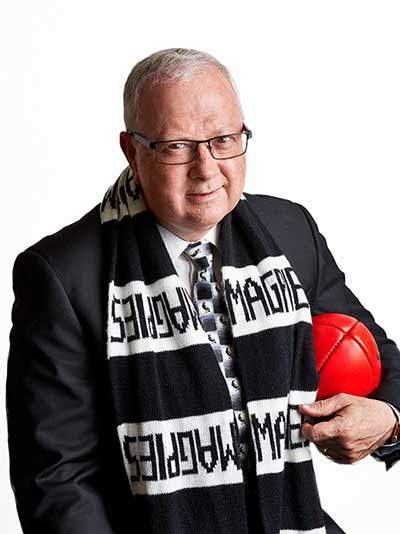With international news signalling a forthcoming recession in the US, global markets continue to evolve, with many experts foreseeing a continued fall in house prices in many areas across Australia.
Earlier this year, property finance specialists foresaw the median house price in the Sydney housing market dropping by around $60,000 by 2020, with the same forecasters envisaging the Melbourne market’s median house price would slide by around $50,000 in the coming year.
In CoreLogic research released earlier this year, Sydney house prices had shrunk back to 2016 levels, with Melbourne’s prices putting the local housing market back to August 2017.
In other major cities – Adelaide, Canberra and Hobart – prices also flattened and started to fall, although tighter lending practices did not seem to have quite the same impact as in the eastern states.
Of course, claiming an over-arching fall in house prices does not tell the whole story and with closer analysis revealing that some Melbourne suburbs, for example, are on the rise, it is clear that both buyers and sellers are making a return to the Melbourne property market.
The Melbourne Suburbs Where House Prices Have Dropped
According to the Domain House Price Report, June quarter 2019, some of the most significant drops in housing prices have been in Melbourne’s most sought-after inner-city suburbs, with house prices in the area’s most popular with first-home buyers – on the outer-suburban fringes of the increasingly sprawling city – rising.
Recent real estate data reveals the iconic bayside suburb of St Kilda has taken a huge hit, with a drop of 32.1per cent, to a median house price of $758,000 across the 12 months to June 30.
Hot on its heels is Toorak, with figures showing prices in the exclusive location fell 31.7 per cent to $2,812,500 and median house prices in neighbouring South Yarra dropping 31.4 per cent to $1,262,500. The truth behind the overall drop in median house prices, admittedly, has been prompted by a larger number of lower-priced homes changing hands, with fewer sales of high-end properties.
Melbourne Suburbs Where House Prices Have Risen
At the same time, in the outer-east area of Warburton, house prices climbed to a median of $525,000 – a rise of 16 per cent. In the north-east suburb of Whittlesea, the median house price of $642,500 represented a hike of 11.7 per cent.
How Current House Prices Impact Both Buyers and Sellers
Since the Federal election in May, it appears that, for many buyers and sellers, there has been a feeling of more certainty in the housing market, although just how this latest stock market news internationally will impact that feeling is yet to be realised.
In the short-term, in the Australian market at least, interest rate cuts and changes to lending criteria have had a positive impact, with auction clearance rates, overall, showing a definite improvement.
Even the first-home buyer sector of the property market have kept buying, even with the continuing tightening of lending criteria from major banks and with the prices falling in some pockets of blue-chip regions, it is clear that keen buyers are taking advantage of the current situation – something that will, no doubt, deliver a great return in the long-term.
The most recent figures from the Australian Bureau of Statistics show that first-home buyers represent 28.6 per cent of all new home loans to owner-occupiers. As the global economic climate continues to evolve, it’s definitely a dynamic time to make big decisions.
To help you find the mortgage finance you need to get into the property market, talk to our mortgage broking experts at Lending Specialists today.


